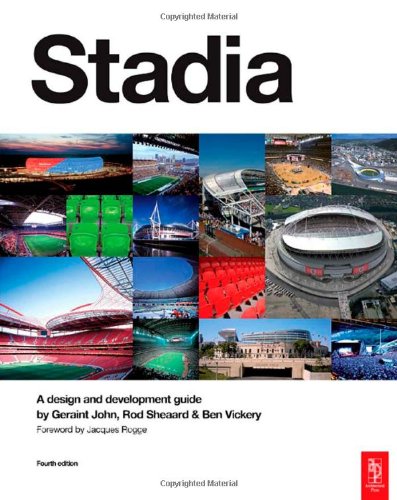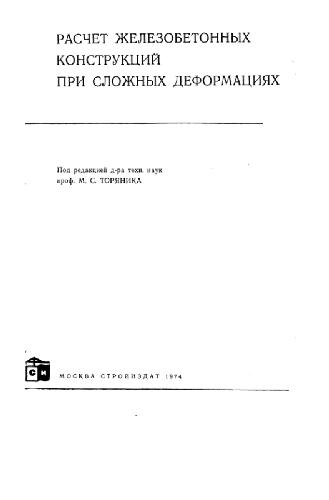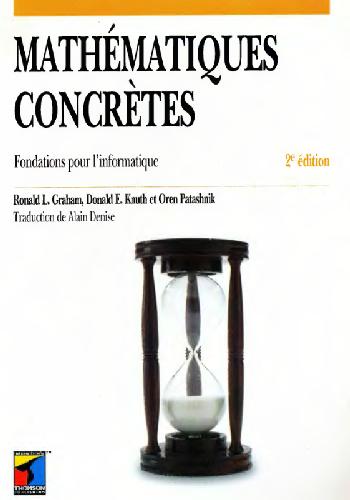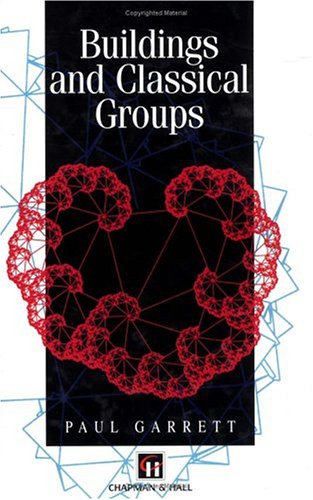Geraint John RIBA Dip Arch (UCL) CISRM MILAM FRSA, ROD SHEARD, Ben Vickery9780750668446, 075066844X
Table of contents :
Front cover……Page 1
STADIA: A design and development guide……Page 4
Copyright page……Page 5
Contents……Page 6
Foreword……Page 10
Preface……Page 12
Acknowledgments……Page 13
Picture credits……Page 14
1.1 A venue for watching sport……Page 16
1.2 History……Page 18
1.3 Current requirements……Page 31
2.2 Economics……Page 36
2.3 Technology……Page 38
2.4 Ergonomics and the environment……Page 40
2.5 What future for the stadium?……Page 41
3.1 The need for a masterplan……Page 44
3.2 Orientation……Page 46
3.3 Zoning……Page 47
3.4 Overlay……Page 49
3.6 Conclusion……Page 50
4.1 Location……Page 52
4.2 Transportation……Page 56
4.3 Provision of parking……Page 57
4.4 Stadium landscaping……Page 62
5.1 The stadium as architecture……Page 64
5.2 Structure and form……Page 65
5.3 Materials……Page 70
5.5 Foundations……Page 74
5.7 Concourses, stairs and ramps……Page 75
5.8 Roof……Page 76
6.2 The threats from terrorism……Page 90
6.5 Responses by the design team……Page 91
6.6 Conclusion……Page 93
7.1 Playing surfaces……Page 94
7.2 Pitch dimensions, layout and boundaries……Page 100
8.1 Introduction……Page 114
8.2 National sports traditions……Page 115
8.3 Financial viability……Page 116
8.4 Catering for different sports……Page 118
8.5 Catering for non-sports performances……Page 121
9.1 General……Page 122
9.2 Perimeter fences……Page 123
9.3 Moats……Page 125
9.4 Changes of level……Page 127
10.1 Equal treatment……Page 130
10.2 Sources of information……Page 132
10.3 Design process……Page 133
11.2 Ground capacity……Page 138
11.3 Viewing distances……Page 143
11.4 Viewing angles and sightlines……Page 147
11.5 Obstructions to viewing……Page 151
12.1 Basic decisions……Page 152
12.2 Seat types……Page 154
12.3 Seat materials, finishes and colours……Page 156
12.5 Dimensions……Page 159
12.6 Seat fixings……Page 160
12.7 Seating for spectators with disabilities……Page 161
13.1 Introduction……Page 162
13.2 Trends……Page 164
13.3 Design……Page 165
13.4 Multi-use……Page 168
14.2 Stadium layout……Page 170
14.3 Access between Zone 5 and Zone 4……Page 171
14.4 Access between Zone 4 and Zone 3……Page 173
14.5 Overall design for inward movement……Page 174
14.6 Overall design for outward movement……Page 178
14.7 Elements……Page 179
14.8 Facilities for people with disabilities……Page 183
15.1 Introduction……Page 184
15.2 Automatic vending machines……Page 188
15.3 Concessions……Page 189
15.4 Bars……Page 190
15.5 Self-service cafeterias, food courts and restaurants……Page 191
15.6 Luxury restaurants……Page 192
16.2 Toilets for spectators……Page 194
16.3 Scales of provision for spectator toilets……Page 195
16.4 Location of spectator toilets……Page 198
16.5 Detailed design……Page 199
17.2 Advance ticket sales……Page 200
17.4 Gift and souvenir shops……Page 201
17.5 Museums, visitor centres and stadium tours……Page 202
18.1 Basic planning……Page 204
18.2 Outside facilities……Page 205
18.4 Radio broadcast facilities……Page 206
18.6 Reception, conference and interview rooms……Page 207
18.7 Provision for disabled people……Page 209
19.1 Basic planning……Page 210
19.2 Facilities for permanent management……Page 211
19.4 Facilities for visitors……Page 214
19.6 Facilities for police and security officials……Page 215
19.8 First aid facilities for staff and spectators……Page 217
19.9 Provision for disabled people……Page 219
20.1 Basic planning……Page 220
20.2 Players’ facilities……Page 221
20.4 Officials’ facilities……Page 224
20.5 Medical examination facilities……Page 225
20.7 Provision for disabled people……Page 226
21.1 Lighting systems……Page 228
21.2 Closed-circuit television systems……Page 235
21.3 Sound systems……Page 237
21.6 Water supply and drainage services……Page 241
22.2 Pitch maintenance……Page 244
22.3 Stand maintenance……Page 246
23.2 Capital costs……Page 248
23.3 Operating costs……Page 253
23.4 Income generation……Page 254
23.5 Controlling costs and revenues……Page 256
23.6 Conclusion……Page 257
24.2 Environmental considerations……Page 258
24.3 The Olympic Movement and the environment……Page 260
24.4 Energy use……Page 261
24.5 Lighting……Page 262
24.7 Space heating……Page 263
24.9 Life cycle cost analysis……Page 264
24.10 The environment friendly stadium……Page 265
25.2 Stadia and tourism……Page 266
25.3 The stadium as an attraction……Page 268
25.4 The wider potential……Page 271
Appendix 1 Stadia briefing guide……Page 272
Appendix 2 Video screens and electronic scoreboards……Page 276
Appendix 3 Case studies of recent stadia developments……Page 280
Allianz Arena, Munich, Germany……Page 281
Amsterdam ArenA, Amsterdam, Netherlands……Page 282
Arizona Cardinals Stadium, Phoenix, Arizona, USA……Page 283
Ascot Racecourse, Berkshire, UK……Page 284
AT&T Park, San Francisco, USA……Page 285
Auf Schalke Arena, Gelsenkirchen, Germany……Page 286
Aveiro Municipal Stadium, Aveiro, Portugal……Page 287
Braga Municipal Stadium, Braga, Portugal……Page 288
BritOval Stadium, London, UK……Page 289
City of Manchester Stadium, Manchester, UK……Page 290
Emirates Stadium, London, UK……Page 291
Estadio da Luz, Lisbon, Portugal……Page 292
Heinz Field, Pittsburgh, USA……Page 293
Melbourne Cricket Ground, Melbourne, Australia……Page 294
Melbourne Telstra Dome, Melbourne, Australia……Page 295
Millennium Stadium, Cardiff, Wales, UK……Page 296
Nanjing Sports Park, Nanjing, China……Page 297
Oita Stadium, Oita, Japan……Page 298
PETCO Park, San Diego, California, USA……Page 299
Reliant Stadium, Houston, Texas, USA……Page 300
RheinEnergie Football Stadium, Cologne, Germany……Page 301
Salzburg Stadium, Salzburg, Austria……Page 302
Soldier Field, Chicago, USA……Page 303
Stade de France, Paris, France……Page 304
Stattegg Sports and Leisure Facility, Stattegg, Graz/Styria, Austria……Page 305
Telstra Stadium, Sydney, Australia……Page 306
Wembley Stadium, London, UK……Page 307
Westpac Stadium, Wellington, New Zealand……Page 308
Wimbledon AELTC Centre Court, London, UK……Page 309
Bibliography……Page 310
R……Page 312
Y……Page 313
I……Page 314
R……Page 315
W……Page 316
C……Page 317
M……Page 318
S……Page 319
V……Page 320
Z……Page 321







Reviews
There are no reviews yet.